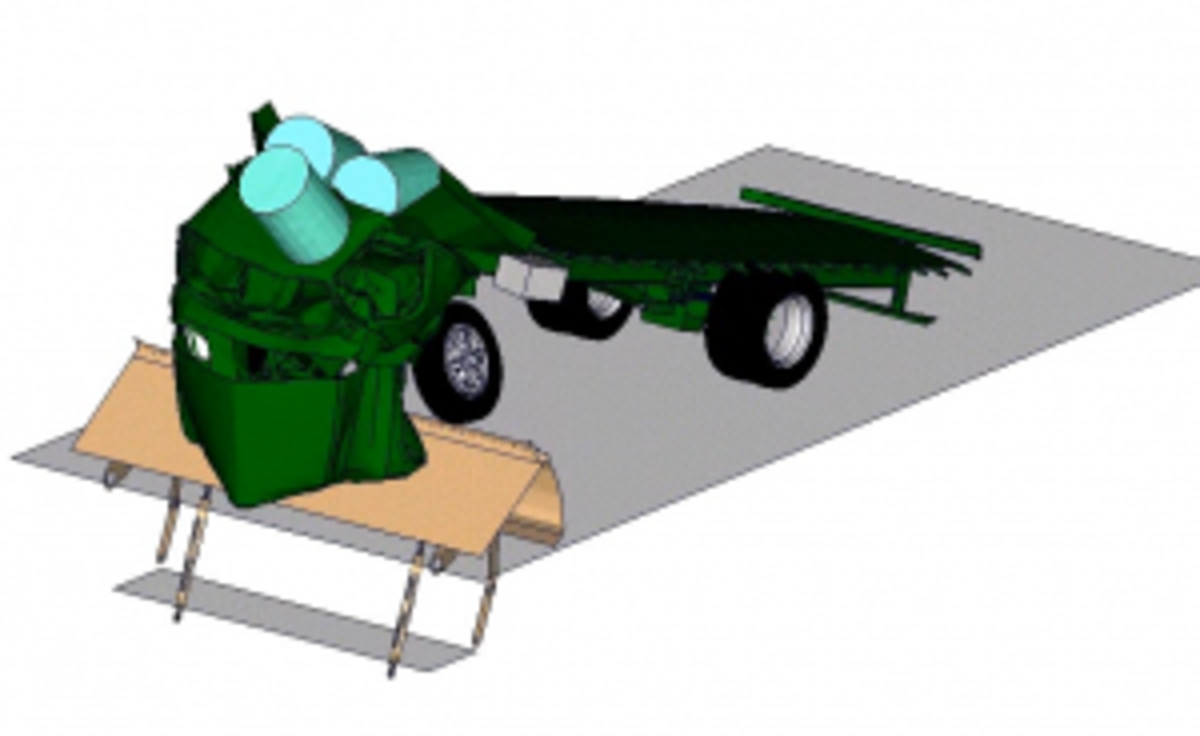Do concrete stops really protect against terrorist attacks or do they just reassure?

We are all familiar with the bollards and barriers that can be found in front of buildings and have perhaps sometimes asked ourselves whether there is really sufficient protection here in the event of a terrorist attack.
Meanwhile, public places such as pedestrian zones and Christmas and fairgrounds are protected by heavy concrete blocks designed to prevent incidents such as the December 2016 terrorist attack on the Berlin Christmas market.
Is there comparable protection here to bollards and fences?
The question is easy to answer.
What does such a single concrete stopper weigh? Depending on the size, perhaps 0.5 - 2 tons. However, this is very little compared to a vehicle of the same mass hitting a single concrete stopper at 80 km/h. Considerations of the law of conservation of momentum from school physics and the basics of static and sliding friction are sufficient for this.
Concrete blocks sliding around at high speed also have a considerable destructive potential. Not to mention the shrapnel effect of concrete debris.
As perhaps urban planners are overwhelmed with these approaches: Billiards or Curling, the physics becomes quite obvious.
So concrete bumpers are rather a psychological protection, which raises the inhibition threshold of the assassin and reassures the passers-by.
Only the anchoring with the underground brings essential advantages to absorb and redirect the energies of a car or even a truck.
For our customer, the Perimeter Protection Group, formerly Elkosta, we are investigating such or similar tasks. You can find more information at www.perimeterprotection.net.
Whether lattice fences, gates, bollards or so-called wedge barriers, tests on them are very complex and cost a lot of time and money.
One problem often remains: structural engineers and test structural engineers cannot reasonably evaluate the dynamics with static approaches and work here with equivalent forces and adjustment factors that, strictly speaking, can be chosen arbitrarily.
Let's take a look at the following video showing the test trials on wedge barriers in the USA and, analogously, a simulation from 2008:
I can tell you that the simulation is far cheaper and faster than the physical test and is accurate enough to confirm or disprove the strength.
Since we represent the physics sufficiently accurately, we also don't have to pull correction factors out of our sleeves, and I'm sure that approval of the computational proof via FEM will also no longer be a question with the testing authorities at some point.
After all, the automotive industry has shown us that it is possible to identify and optimize weak points in advance using simulation. Here, too, the final proof is often the test. But there is a difference between requiring only a few tests, which are then usually passed, and having to use the test to find out which components are currently failing.
Even if you don't have buildings to protect, perhaps you have similar issues where we can help you save time, money and nerves too.
I look forward to your comments and questions.
Feel free to schedule a no-obligation appointment.
I or one of my employees will be happy to call you.
Your Stefan Merkle


